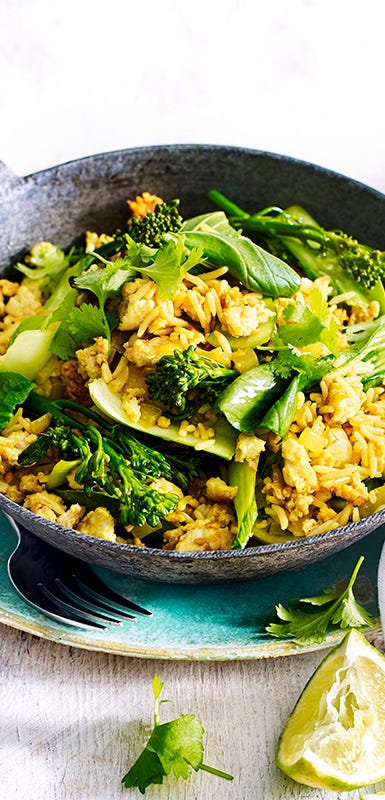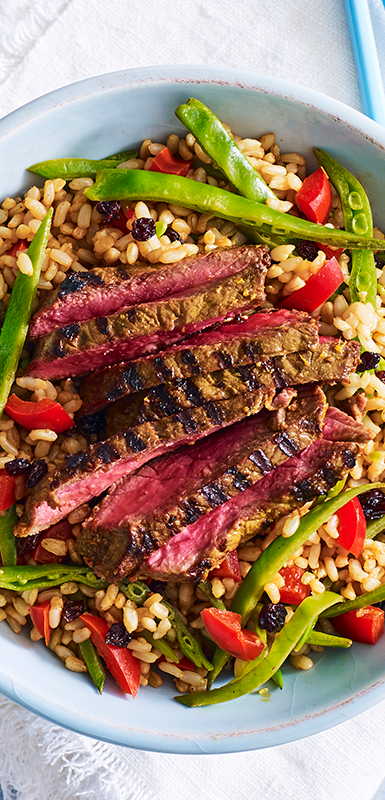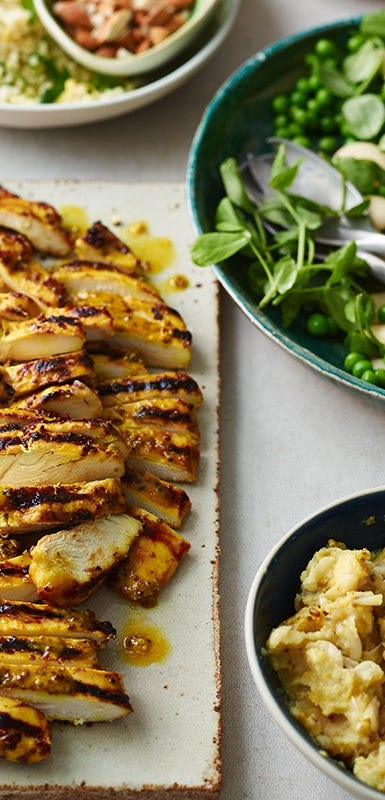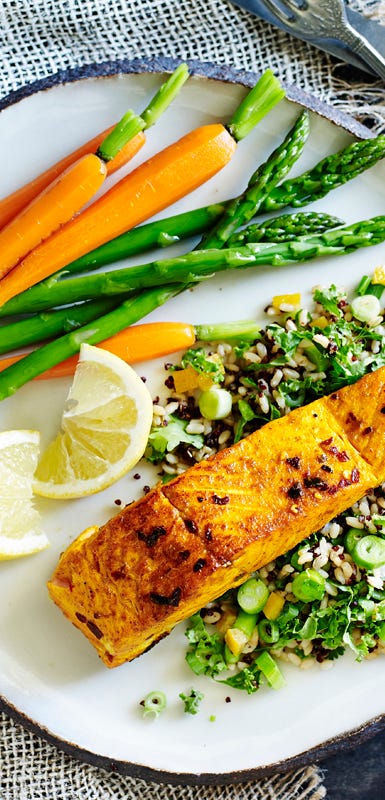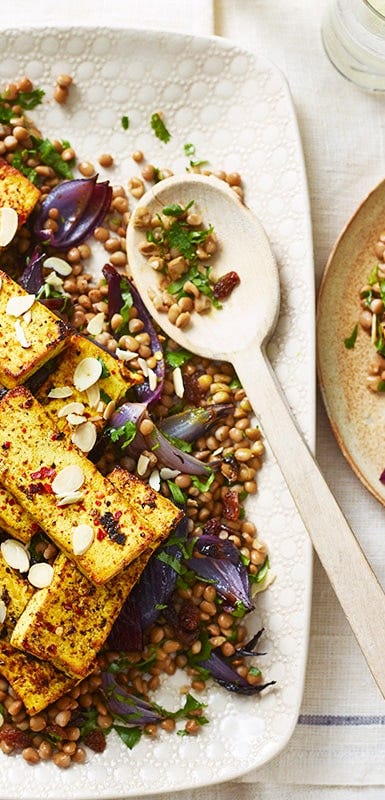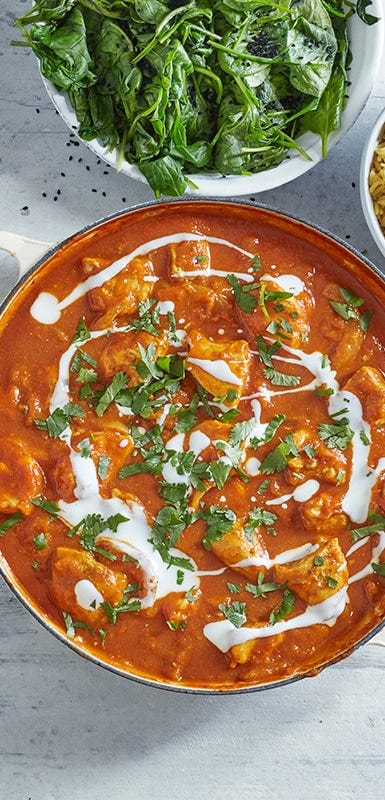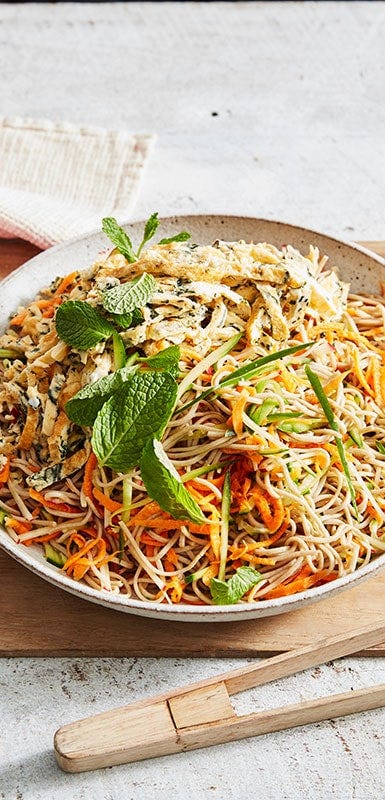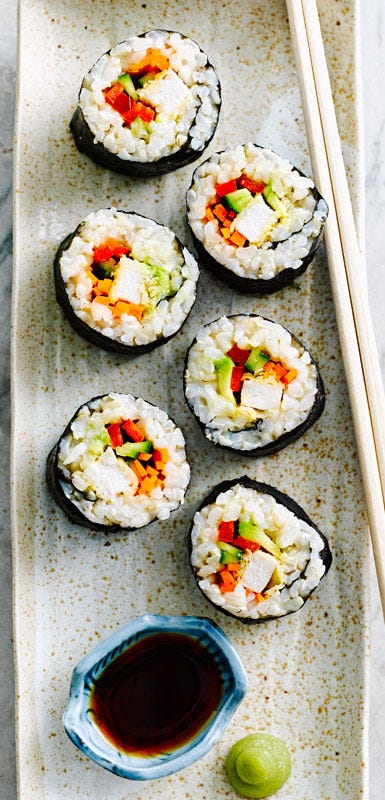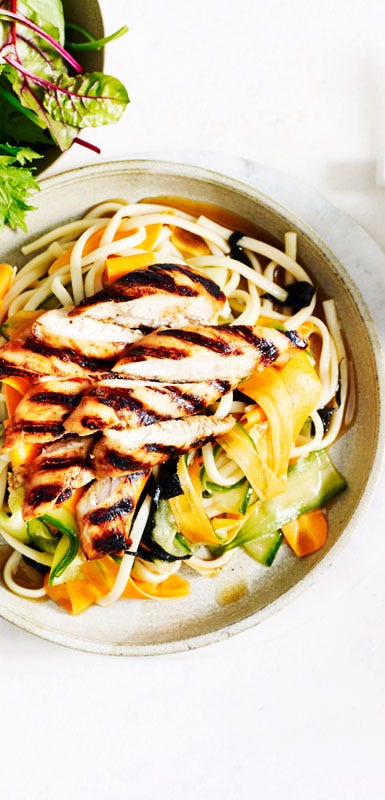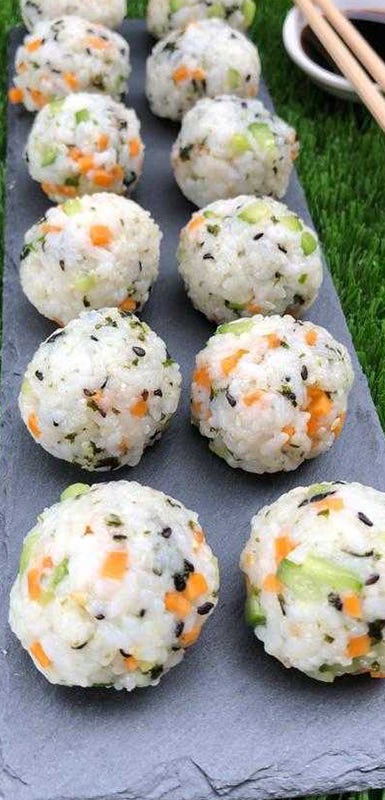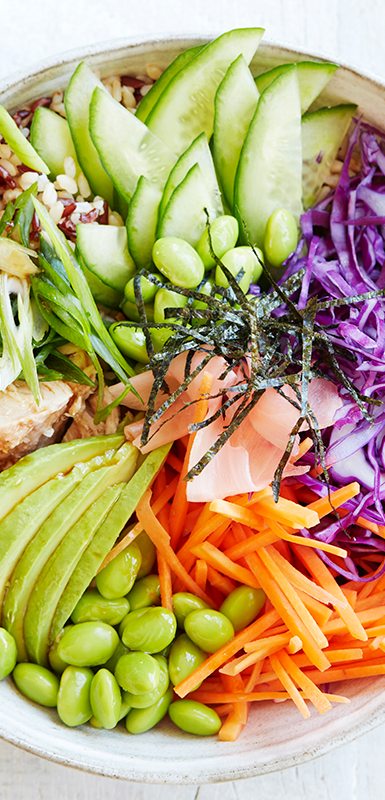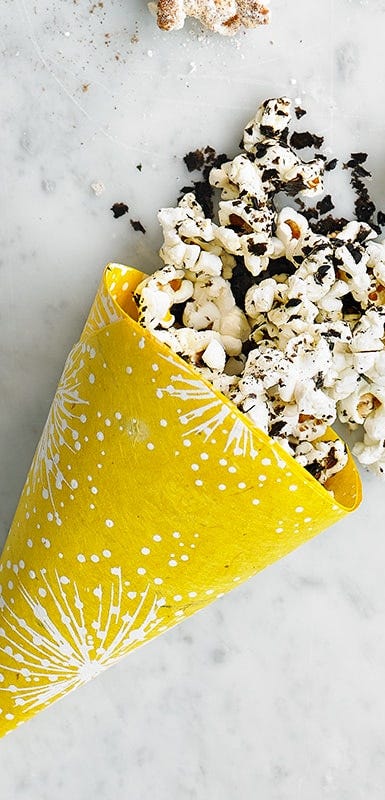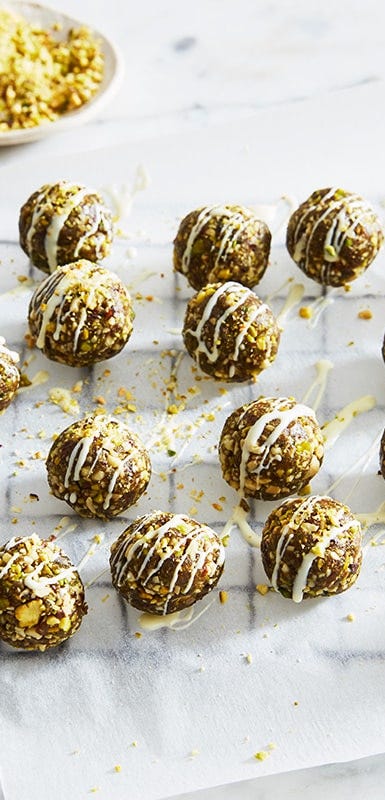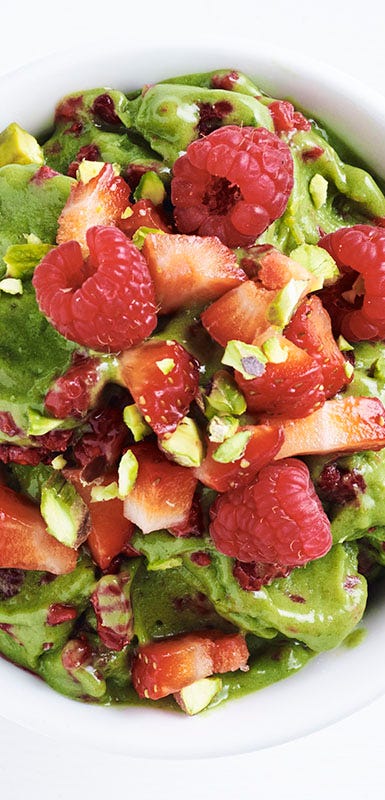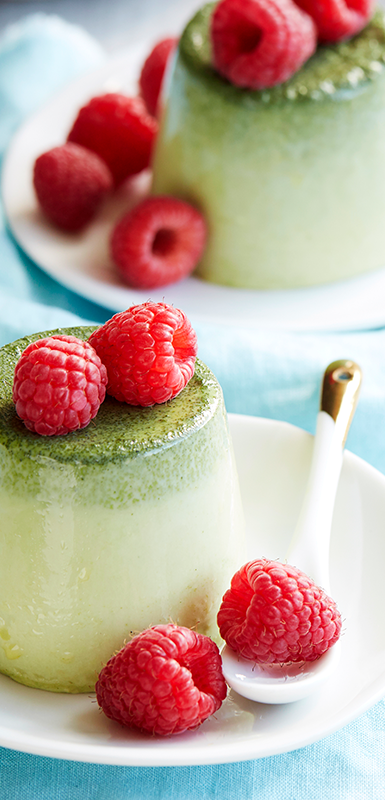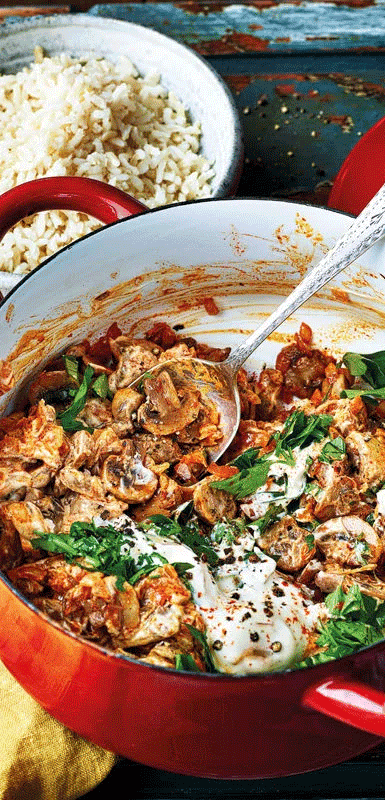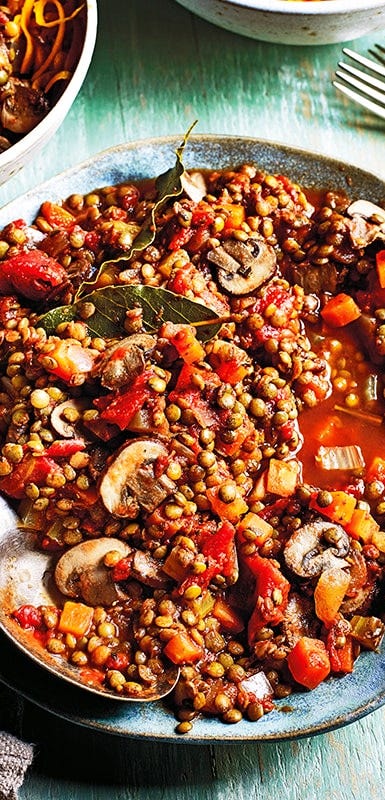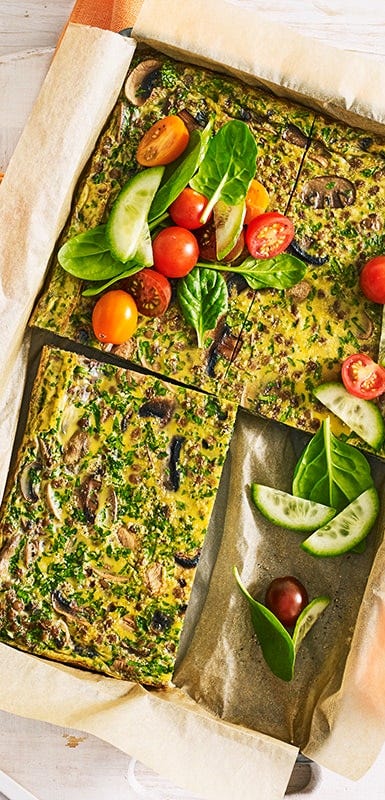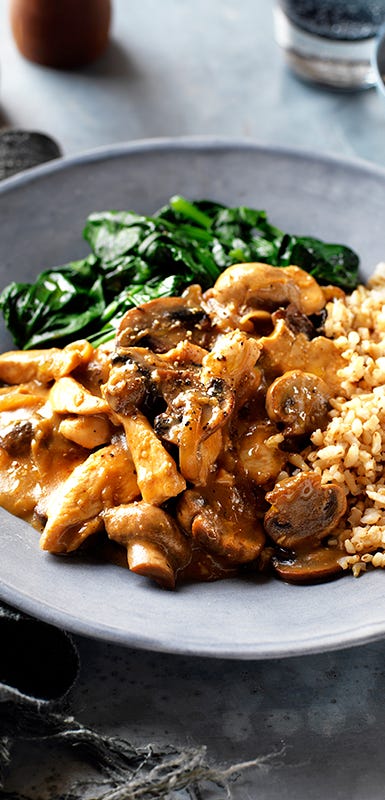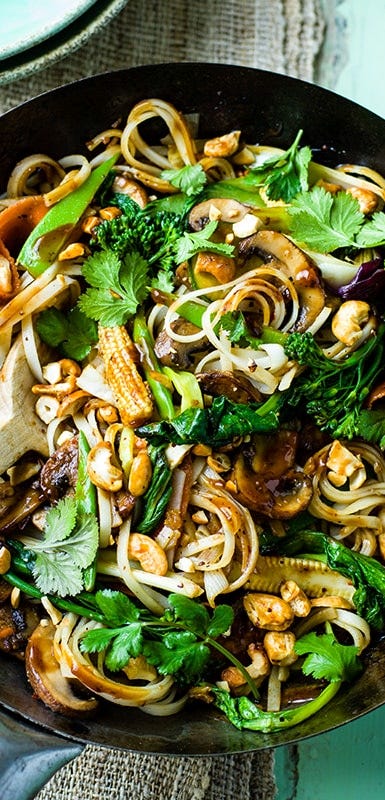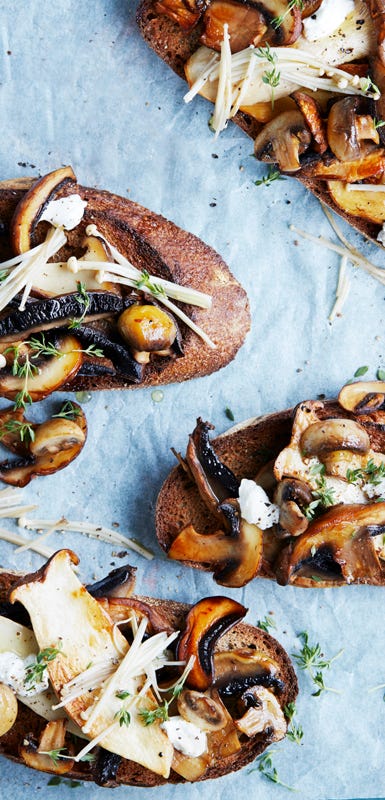Superfoods: Fad or fact?
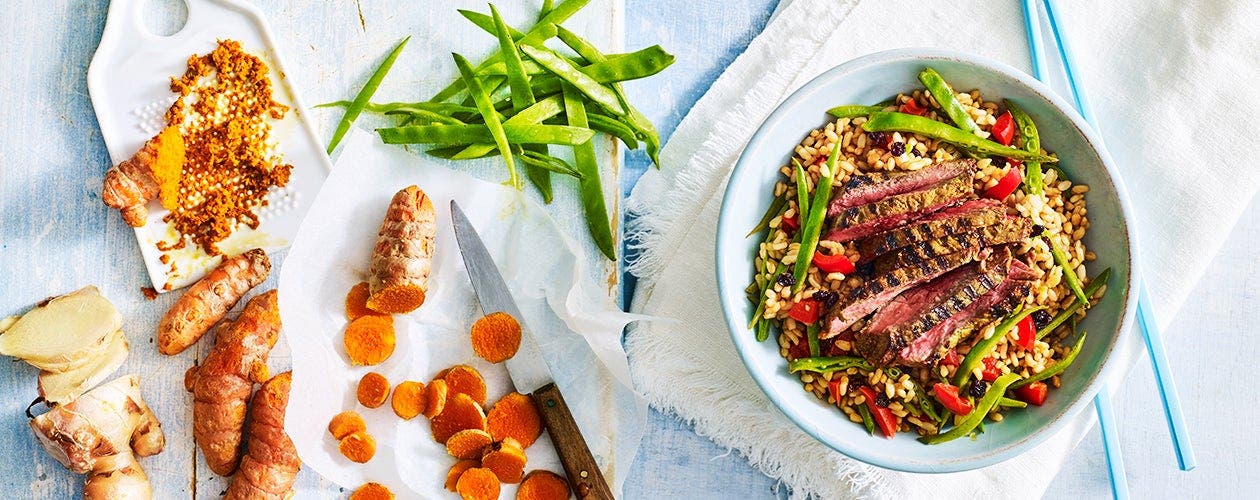

What are ‘superfoods’?
There’s no official definition, so the best description is that it’s a food that contains a high level of a particularly beneficial nutrient or nutrients. But regardless of how ‘super’ a food might be, no single food can provide every nutrient we need nor prevent health problems on its own. As a result, the Dietitians Association of Australia recommends aiming for a ‘super diet’, which contains a variety of healthy foods – that means making the effort to include a range of different-coloured foods in every meal.
Hemp seeds
Hemp seeds hit the headlines at the end of last year when a change in legislation meant they could be legally sold as a food in Australia.
What does the science say?
Like most nuts and seeds, hemp seeds contain protein and a range of vitamins and minerals. But hemp seeds also contain significantly more plant-sourced omega-3 fatty acids (ALA) than the vast majority of other foods. This polyunsaturated fat plays a key role in heart health. A 20g serve of hemp seeds provides more than the adequate daily intake of ALA.
Need-to-know info
While hemp seeds come from a species of the cannabis plant, it’s a variety that contains no or very low levels of THC, the chemical responsible for marijuana’s psychological effects. Hemp seeds cost about $15 per 250g and can be used in recipes or sprinkled on top of meals. Visit hempfoods.com.au for inspiration.
Turmeric
Turmeric is a vibrant orange spice used in curry dishes is popping up in everything from lattes to supplements. This ancient Indian spice has been heralded for its health benefits. Add it to marinades and curries for a colour and flavour boost.
What does the science say?
Lab-based studies show that a compound found in turmeric, called curcumin, has both anti-inflammatory and antioxidant properties, and research involving people is promising, finding that curcumin may help lower cholesterol and boost mood. Plus, a study published in January shows people taking 180mg of curcumin a day experienced a 28 per cent improvement in memory-test scores after 18 months. “How curcumin exerts its effects is not certain,” says the study’s author, Dr Gary Small from the University of California. “It may be due to its ability to reduce brain inflammation, which has been linked to both Alzheimer’s disease and major depression.”
Need-to-know info
A teaspoon of dried tumeric contains about 155mg of curcumin, whereas the same quantity of fresh turmeric contains roughly double and also tends to be slightly cheaper per 100g. Try to use turmeric in a recipe that you can add a few grinds of black pepper too. Pepper contains piperine, a compound that increases curcumin absorption. Fresh turmeric looks similar to fresh ginger, only it’s smaller and orange in colour. Peel off its outer skin before grating, using disposable gloves.
Seaweed
You’re probably familiar with nori sheets used to make sushi, but there are many other edible varieties of seaweed to try.
What does the science say?
Seaweed is a source of protein, fibre and the long-chain omega-3 fatty acids that give seafood a healthy reputation. But it also contains something called alginate, which research shows may encourage the growth of beneficial gut bacteria and is used in some over-the-counter treatments for reflux. According to a review of almost 100 studies, seaweed may also help to protect against high blood pressure, thanks to the bioactive peptides it contains.
Need-to-know info
Brown varieties, like kombu, kelp and wakame, which are often used in soups and salads, contain large amounts of iodine. This nutrient is vital for healthy thyroid function but can cause problems if you eat too much of it. As a result, Food Standards Australia New Zealand says it’s important not to ‘overconsume’ brown seaweed – if you’re breastfeeding or pregnant, don’t eat it more than once a week. Not a fan of seaweed? You could consider taking an algae supplement that contains seaweed instead.
Matcha
Matcha is a powdered green tea traditionally used in Japanese tea ceremonies, it’s now cropping up in ice-cream and lattes everywhere.
What does the science say?
Matcha does contain substantially more of an antioxidant called epigallocatechin gallate (EGCG) than other types of green tea. EGCG has been shown to protect against plaques that contribute to heart disease and Alzheimer’s and has a strong anti-cancer action in lab-based research. However studies examining whether green tea has the same protective effect in humans have had mixed results or are still in the pipeline. A small study published last year did show promise for the powdered green tea’s impact on cognitive function – people performed better on tasks involving memory and attention after they’d consumed matcha.
Need-to-know info
Adding matcha to recipes might be trendy – and tasty – but you’ll absorb more EGCG when you drink matcha as a tea, without food and on an empty stomach. You can expect to pay around $1 per gram for ceremonial-grade and 40c per gram for premium-grade matcha.
Mushrooms
Exotic and wild varieties of mushrooms have recently been nominated for superfood status, and are being ground down into powders for use in teas, smoothies and recipes.
What does the science say?
Mushrooms contain unusually high amounts of ergothioneine and glutathione, two antioxidants that may help protect against free radical damage associated with ‘ageing diseases’, like cancer, heart disease and Alzheimer’s. “Mushrooms are the highest dietary source of these two antioxidants,” says Professor Robert Beelman, author of last year’s Pennsylvania State University study that made the discovery.
Need-to-know info
Exotic and wild mushrooms like porcini deliver more ergothioneine and glutathione than more common, less-expensive varieties per serve, but good old button mushrooms are also a valuable source. In fact, according to the research, eating just five of those a day may deliver a protective effect.

